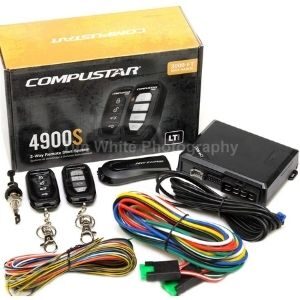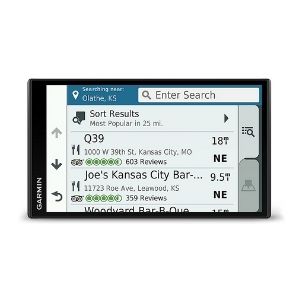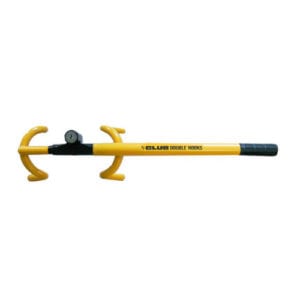When you go in for your auto safety inspection, make sure to bring your car’s registration, your photo identification, proof of insurance, and some form of payment. If you bring all of those items, your inspection should go on without a hitch, and you can expect an inspection of these specific elements:
- Horn
- Windshield Wipers
- Mirrors
- Steering System
- Seat Belts
- Brake System
- Tires
- Wheel Assembly
- Lights
- Motor, Serial, or Vehicle Identification Number
- Window tinting
- Gas caps
Again, there may be some variation depending on your state, but this is usually the standard for a car safety inspection.
A car emission test works to ensure your car’s emission controls are working properly— essentially verifying that your vehicle isn’t putting out too much pollution.
When you go to your car emission inspection, this is generally what happens behind the scenes:
- Gas Cap Pressure Test: This test ensures your gas cap screws on tightly and keeps fuel vapors from escaping.
- Second Generation On-Board Diagnostics: This test checks whether or not the on-board computer on vehicles older than 1996 is functioning properly.
- Inspection and Maintenance: This test evaluates how well the tailpipe emissions and emissions control system is working.
- Single Idle Speed Test: This test is reserved for cars made between 1976 and 1980, and it measures the vehicle’s emissions while idling.
Car safety and emissions tests do vary slightly from state to state and depending on vehicle age, but they will help make sure you are staying safe and that pollutants are well-regulated.








